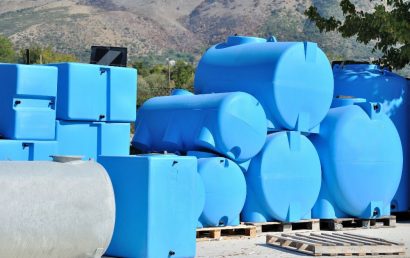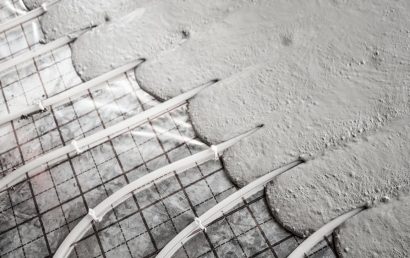Use Of Anti-Graffiti Coatings Is Growing
Graffiti – art or nuisance? On one side of the coin, graffiti might be something that is in the eye of the beholder. On the other side of the coin, however, remains the fact that people put graffiti in places where it was never meant to be. And when graffiti “artists” start defacing the sides, fronts, and backs of historical buildings (or other buildings of significant importance), battle lines are drawn.
Scientific research has led to a type of protective coating that because it discourages the bonding of paint to the surface of the coating, helps prevent graffiti.
Why Is Graffiti a Problem?
As just stated, whether graffiti is viewed as art or blatantly defacing property, the point remains that it isn’t what the building’s designer had in mind or what many want to look at – given a choice. And sadly, much of it is hostile, vulgar, or just plain indecent.
Annually, billions of dollars are spent on cleaning graffiti off of buildings. But with the development of a clear, protective coat added to building façades or on top of existing paint, less money can be spent on the removal of graffiti by concentrating on the prevention of it right from the get-go. Certain coatings have both disadvantages and benefits and those can be affected by the severity of the proposed graffiti and the substrate itself.
Where We Find Graffiti
Graffiti can turn up on most any open surface. Typically, it can be found on billboards, trees, park benches, bridges, monuments, statues, traffic signs, walls facing streets, vehicles, buses, subways, trains, and more. Why do people engage in graffiti? The artistic expression is one excuse, which falls under psychological need. Other motives can be hostility toward society, anger, gang affiliation, and others.
Why is graffiti a problem? Graffiti negatively impacts utility providers, public transport, police, local communities, and local (and state) governments. The wide range of paintings, etchings, and markings being illegally applied to private and public property is blatant disregard for the law and the public’s right to privacy.
Keeping History Historic
As if it isn’t bad enough to find graffiti on road signs, bathroom walls, the sides of railroad cars, etc., it can absolutely break your heart to find it on the sides of historic buildings. These buildings have somehow managed to survive centuries of environmental abuse, wars, and everyday usage (often with help from restoration projects and additional protective coatings to help cement, wood, etc. maintain their integrity) only to be defaced and destroyed by vandals.
Now, with thermal spray coatings and other protective procedures being developed, our historic buildings stand a much better chance of enduring, for an even longer stretch time.
The Future of the Anti-Graffiti Coating Market
A lot of money and technology has been sunk into finding the perfect anti-graffiti coating. It had to be environmentally friendly, non-toxic, and ultrathin – but still do its job. Improvement through nanotechnology has helped lower costs but still maintain quality control over the corrosion, thermal, mechanical, chemical, and physical properties of the coating.
With graffiti being a global issue, the anti-graffiti coating market has seen and will continue to see significant expansion and growth.
A&A Coatings has available a wide array of thermal spray protective coatings. Through a variety of applications, we can help you protect not only your components, machinery, buildings, etc., but your company’s bottom line, as well. Contact us today to find out what thermal spray protective coatings are already benefiting your industry, and what they can do for you and your business.



